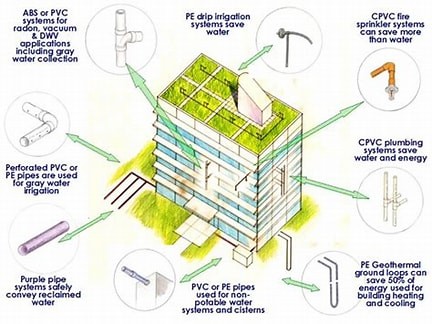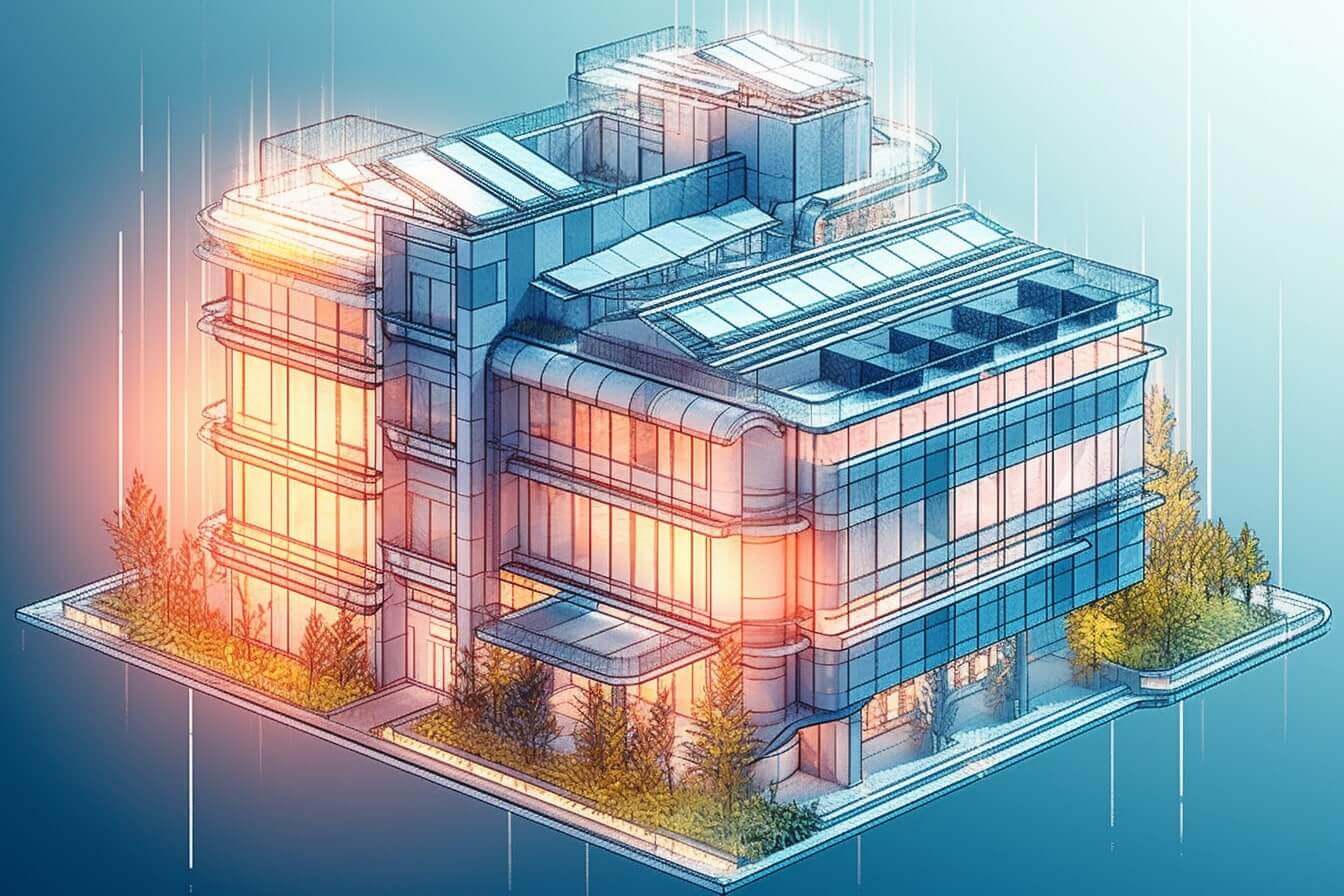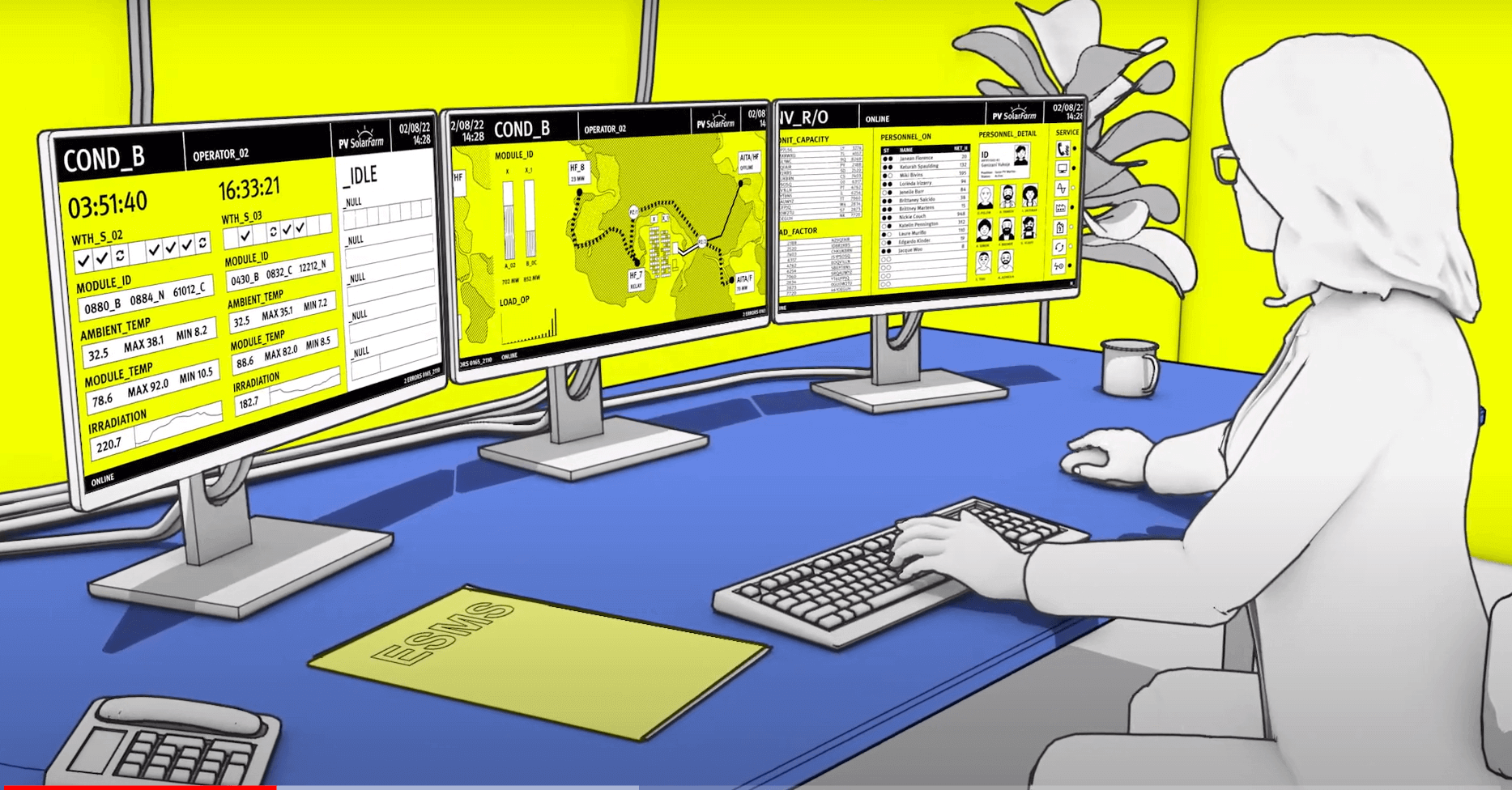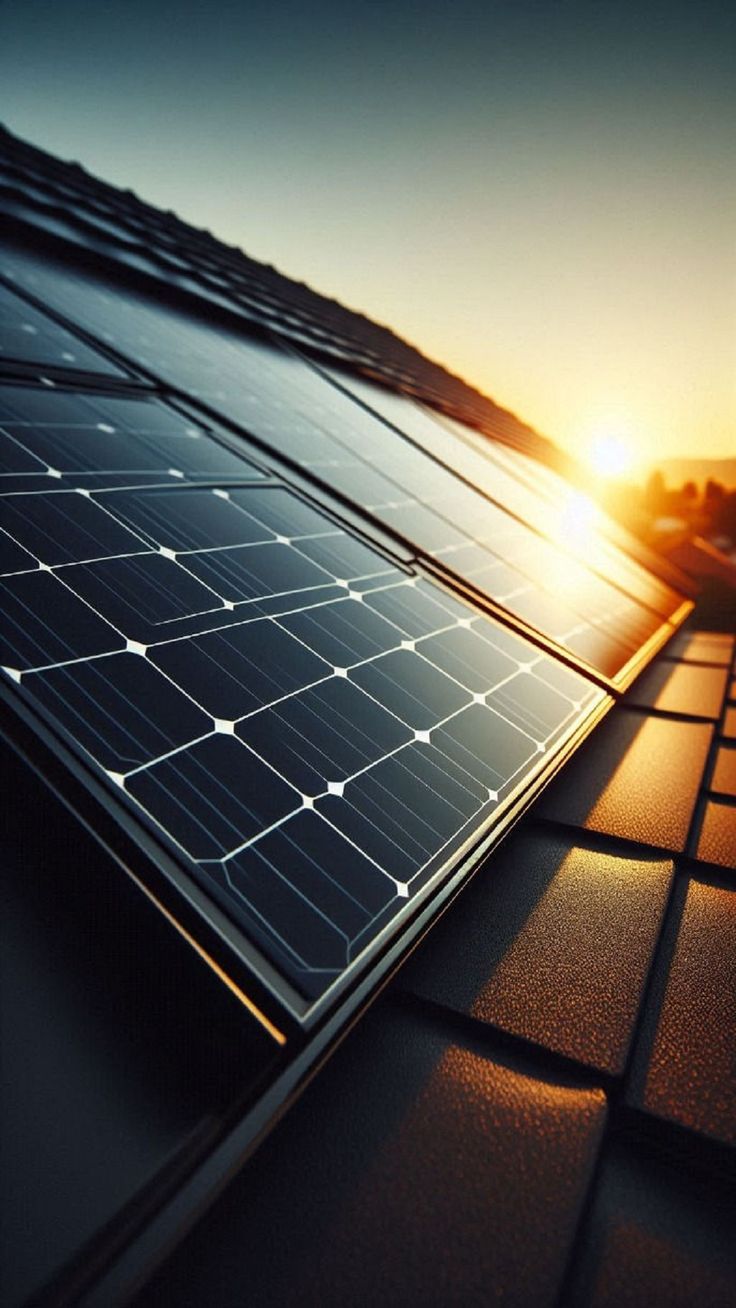
Heat Pump Systems
WHAT IS A HEAT PUMP?
Energy efficiency, especially in recent years, has been making headlines non-stop, and as a result, it may seem like every day there is a new industrial and/or commercial HVAC system set to overtake the old one; however, the reality is that very often it is the most established and well-known technology that offers the best performance.
It is therefore crucial to offer personalized and professional advice in order to offer the most environmentally friendly and efficient solution that best suits the needs of each client.
That is why we are going to talk about heat pumps, one of the “basics” of industrial and commercial air conditioning that, however, is positioned as one of the systems that can offer the best results under a wider range of circumstances. In any case, what is a heat pump?
A heat pump is a device consisting of a compressor, a condenser, an expansion valve and an evaporator that uses the principles of thermodynamics to evacuate heat from a room or, on the contrary, to transfer it, depending on whether the space is to be heated or cooled. This is usually achieved thanks to changes in the state of a refrigerant liquid, as we will discuss in the next section.
Consequently, in order to understand how the heat pump works, we will begin by explaining the function of each of its components.
Expansion valve. As in other installations, the valve is used to regulate the passage of refrigerant (in liquid state) from the condenser to the evaporator.
Evaporator. This is a heat exchanger, i.e. a device designed so that two fluids at different temperatures come into contact, directly or indirectly, in order to produce a heat transfer between them. The phase change of the refrigerant from liquid to vapour occurs in it, which causes it to absorb heat energy.
Compressor. This device compresses the refrigerant liquid to increase its pressure.
Condenser. This is another heat exchanger. In this case, the fluid gives off energy due to the change from a gaseous to a liquid state, which allows the room to be heated or heat to be expelled to the outside, depending on how it is used.
HOW THE HEAT PUMP WORKS
First of all, heat pumps help to transfer heat energy from one space to another thanks to thermodynamics, whose principles explain that it is possible to use the energy present in water, air (aerothermal energy) or in the earth (geothermal energy) to heat or cool rooms, premises or other larger spaces. Thus, the heat pump takes energy from one environment and transfers it to another thanks to the properties of the refrigerant and the components we mentioned, which means that, in winter, it is transferred to the interior and, in summer, the process is reversed. In the case of being used to cool the room or premises, the way the heat pump works can be explained as follows:
At the beginning of the process, the refrigerant is at low pressure and temperature, so it is in a liquid state.
Ambient air is passed through the evaporator so that the refrigerant liquid absorbs the heat present in this medium, allowing it to be expelled immediately at a lower temperature.
The coolant, as its temperature increases, turns into a gaseous state, even if it is at low pressure.
The compressor then increases this pressure to further increase the temperature, causing the refrigerant to reach the condenser in the form of a high-temperature gas.
In this equipment, the gas gives off energy to the outside, which causes the refrigerant to return to a liquid state.
Finally, the refrigerant passes through the expansion valve, which serves to lower the pressure and, consequently, the temperature. In this way, the refrigerant is in a semi-liquid state and has a temperature below the ambient temperature, which will allow it to absorb heat in the room to be cooled. After this, the cycle begins again.
This whole process, which, as we have stressed, is based on thermodynamics, allows heat pumps to present unique advantages, some of which we list below.
They have very low maintenance costs, the main one being changing filters.
They do not pollute, since it is a technology that does not emit carbon dioxide or any other HFC gases.
They are extremely versatile, since they can take advantage of heat from different media and can be designed for spaces of different sizes.
Aerothermal heat pump: differences
Once we have reached this point in the explanation, it is inevitable to mention that in many articles on this subject, the concept of a heat pump ends up being confused with that of aerothermal energy. That is why, before continuing, we will briefly explain what aerothermal energy is and how it differs from the heat pump .
All this leads us to the conclusion that aerothermal energy is the physical principle and the heat pump is one of the technologies that allow us to take advantage of this phenomenon based on thermodynamics. This is why there is only one type of aerothermal energy, but multiple types of heat pumps.
Heating with heat pumps
One of the great advantages of this technology, as we have just mentioned, is that heating can be provided with heat pumps, but also air conditioning with a heat pump.
In the case of heating, the most common heat pump is the one used by split systems. These are the most widespread and consist of a single indoor unit, which houses the evaporator and has a fan, a filter and a control system. They are usually installed when you only want to heat a small or medium-sized room, because it is the most economical, but the least efficient.
If the client wants a more efficient solution, it would be necessary to resort to ground-water or air-water heat pumps. Heating by aerothermal or geothermal energy consumes much less energy (up to 60% less) than traditional systems, but it is much more expensive than the split system. The most common emitters for these types of heating are the following:
Underfloor heating. This is more common in homes and consists of a circuit of pipes located under the floor of the room, which allows the heat to “emanate” from the floor and, therefore, to be distributed evenly.
Air conditioning with heat pump
By reversing this process, as we said, we can achieve cooling with a heat pump, since the heat is evacuated from the room. The most commonly used technology for this application is air-to-air heat pumps, which are also often found in split systems. Air to Water heat pumps are more efficient in distributing the heat inside the space to be heated through either radior or underfloor heating systems.
Therefore, we can see that heat pumps usually work in both directions and that, although they consume electrical energy to perform their function, this consumption is minimal, since a high percentage of the energy used comes from the environment. Thus, these systems are presented as a very interesting alternative for small premises due to their price and efficiency.






